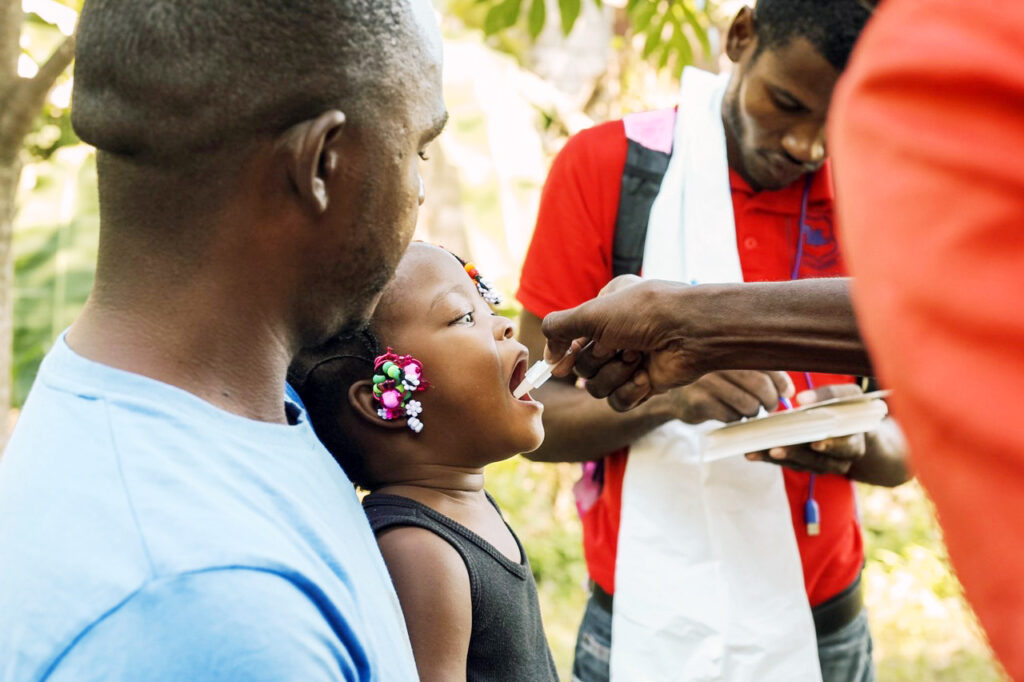COVID-19: Fact Vs. Fiction
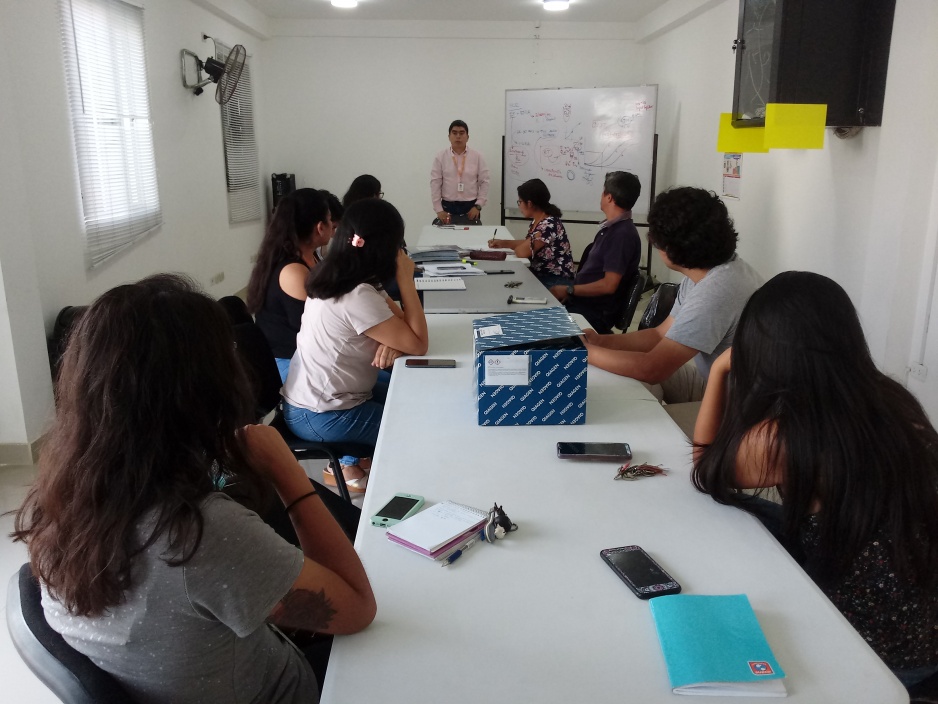

There suddenly is so much information circulating about the new coronavirus that it can be hard to know what is fact or fiction.
The following is not an exhaustive list of all the myths out there, but it does set straight some of the misinformation that’s currently circulating among the public.
MYTH 1: People living in tropical regions don’t have to worry about catching the new coronavirus, because such viruses don’t survive in warmer climates.
FACT 1: COVID-19 virus can be transmitted in areas with hot and humid climates.
Source: WHO Myth Busters
MYTH 2: The only people who have to worry about contracting, or dying, from COVID-19 are the elderly. This virus doesn’t infect children or healthy adults.
FACT 2: Early research shows that COVID-19 can develop and result in severe disease among people of all ages. Social distancing is universally recommended to slow the spread of the virus.
Source: CDC
MYTH 3: A vaccine has been developed against the new coronavirus.
FACT 3: The director of NIAID (National Institute for Allergy and Infectious Disease) has estimated that this process will take 12 to 18 months from March 2020, and that a commercial vaccine would not be available until after that.
Source: Dr. Megan Murray, PIH’s director of research
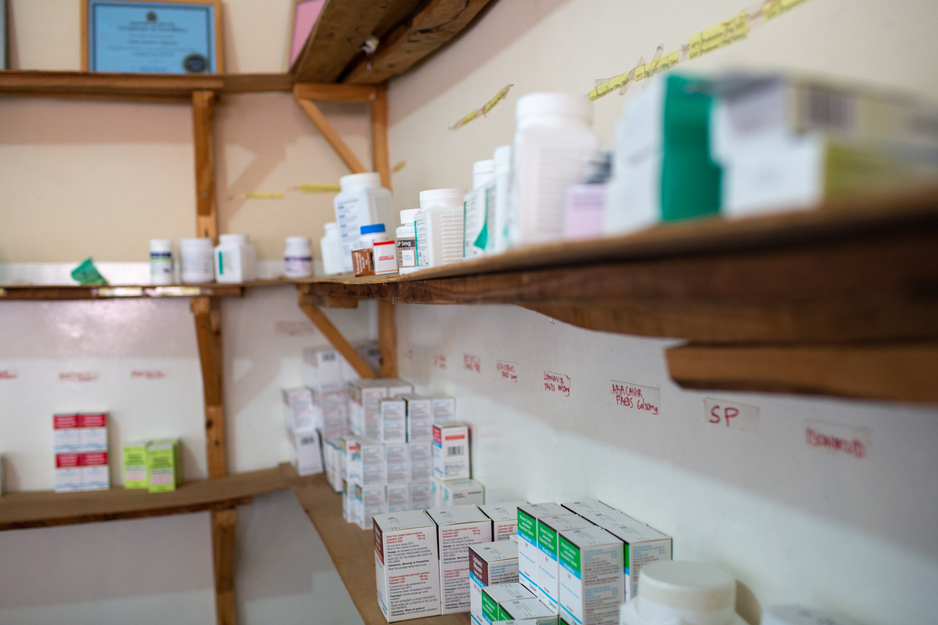
MYTH 4: There is a cure for COVID-19. I’ve heard that people who take Vitamin C, gargle with hot water, salt and vinegar, or take antimalarial medication get better.
FACT 4: While some western, traditional, or home remedies may provide comfort and alleviate symptoms of COVID-19, there is no evidence that current medicine can prevent or cure the disease.
Source: WHO
MYTH 5: Antibiotics are effective against the new coronavirus.
FACT 5: No. Antibiotics do not work against viruses, they only work on bacterial infections. COVID-19 is caused by a virus, so antibiotics do not work.
Source: WHO
MYTH 6: If I wear a mask, I can continue doing everything I normally do, without the need to practice social distancing.
FACT 6: If you are sick: You should wear a facemask when you are around other people (e.g., sharing a room or vehicle) and before you enter a health care provider’s office. If you are not able to wear a facemask (for example, because it causes trouble breathing or one is unavailable), then you should do your best to cover your coughs and sneezes, and people who are caring for you should wear a facemask if they enter your room.
If you are not sick: Facemasks are in short supply and they should be saved for caregivers. The Public Health Agency of Canada now recommends wearing cloth face coverings in public settings to help protect people around you should you be sick and asymptomatic, and as a way to remind yourself to keep your hands away from your face. Surgical masks and n95 respirators should be reserved for healthcare workers. Wearing a non-medical mask when in public or other settings is not a replacement for following proven measures such as hand washing and physical distancing.
Source: Public Health Agency of Canada
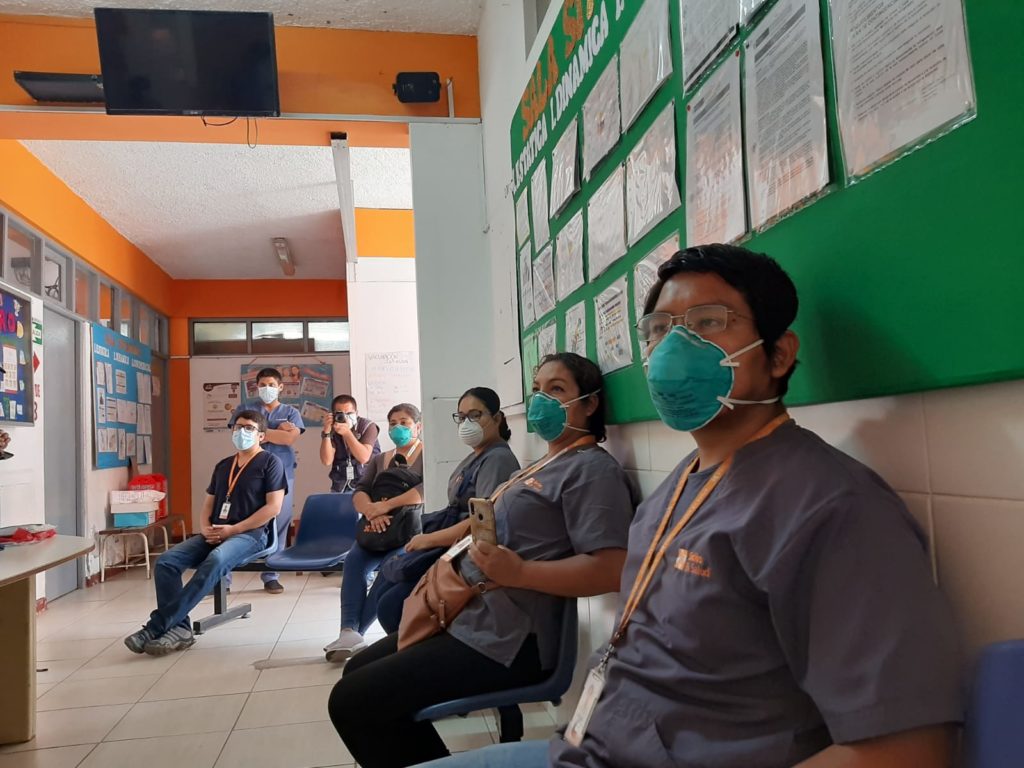
MYTH 7: We’re all going to get this virus anyway, so there’s no point in taking drastic measures.
FACT 7: Hospitals around the world are already straining under the onslaught of novel coronavirus cases. Even in Canada, there still are shortages of masks and gowns in some hospitals, clinics and nursing homes. Canada’s Chief Public Health Officer Dr. Theresa Tam has encouraged Canadians to use physical distancing to not just flatten but plank the curve, or drive the infection rate to zero. The aim is to reduce the overall infections to keep cases at a manageable number for hospitals to handle, preventing deaths and keeping caretakers and health care workers safe.
Early signs show parts of Canada may be starting to flatten the curve thanks to physical distancing and testing, but infectious-disease experts warn that relaxing physical distancing too soon could exacerbate the situation.
Source: Toronto Star / CTV News / Globe and Mail
MYTH 8: The virus can live for at least 12 hours on a metal surface.
FACT 8: The novel coronavirus was viable up to 72 hours after being placed on stainless steel and plastic.
- It was viable up to four hours after being placed on copper, and up to 24 hours after being put on cardboard.
Source: CNN Health / New England Journal of Medicine
MYTH 9: Drink plenty of water! If the virus is in your throat, you can wash it into your stomach, where it will be killed by digestive acids.
FACT 9: Infections often begin after we’ve been exposed to thousands or millions of viral particles, so sweeping a few down the throat is unlikely to have much of an impact.
Source: London School of Hygiene and Tropical Medicine
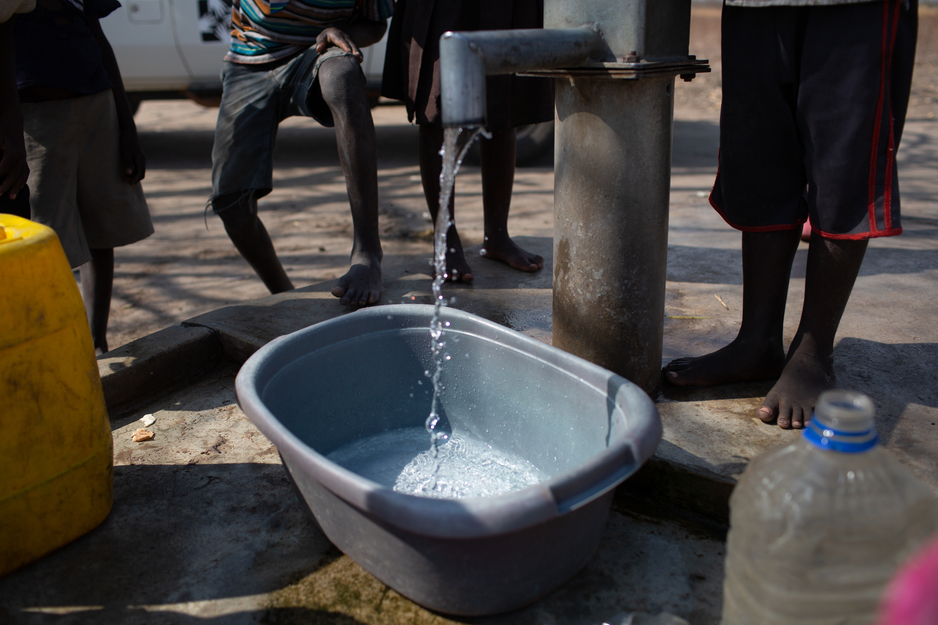
Article originally posted on pih.org
Help us act quickly to enable safe testing, provide high quality care, perform critical contact tracing and support our public sector government partners in response to the COVID-19 pandemic.
Learn more about PIH’s response to the novel coronavirus and how you can take action.



